The film: Immortal Ad Vitam
The guest: JON!!!
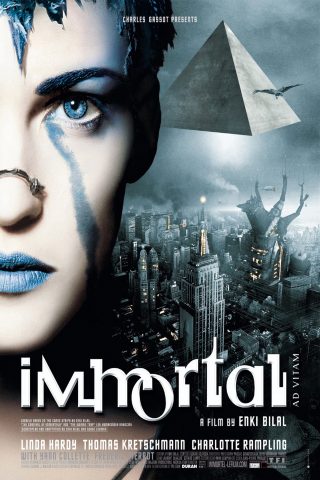
2004 saw a slew of “Digital Backlot” films being released, stateside and abroad. The films Sky Captain and the World of Tomorrow, Casshern, and Immortal (Ad Vitam) were the first out of the gate, with Sin City following in 2005. With the exception of Sin City, each of these films were sci-fi. It’s only obvious as to why these films were shot via ‘db’. And none more obvious than Immortal.
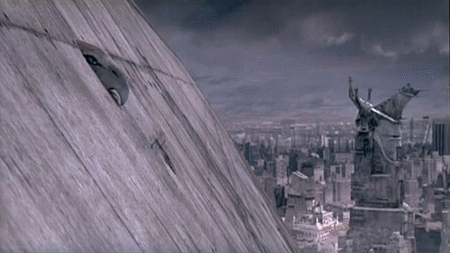
This film centers on two lead characters: Nikopol, a political prisoner turned fugitive, and a blue-haired alien refugee named Jill. Their paths cross when soon-to-be-dead Horus (yes, that Horus) embarks on a mission that will further his own legacy to the detriment of anyone who might cross him. Thrown into the mix is corrupt government, a police investigation relating to Nikopol, scientific experiments having to do with Jill assimilating from alien to human (because this is the kind of movie in which that can happen), and a red hammerhead shark monster. All of which is set in a futuristic New York City by way of French sci-fi comics illustrated and written by Enki Bilal, who just so happens to be this film’s director.
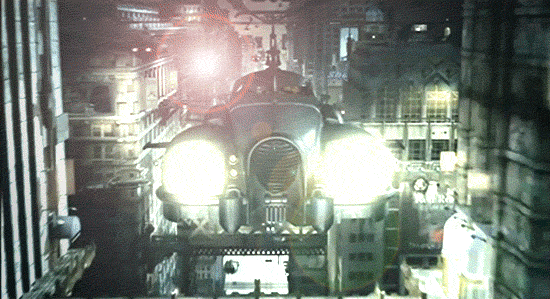
It all seems so kitchen sink-ish, as well as derivative (comparisons to 5th Element can be made, as well as Matrix Revolutions – though not the chop-socky stuff). But it’s undeniable that Bilal has a vision here, and this is his valiant attempt at bringing it to life with weird CG characters peppered among the living, and a story that seems too much for so little that happens.
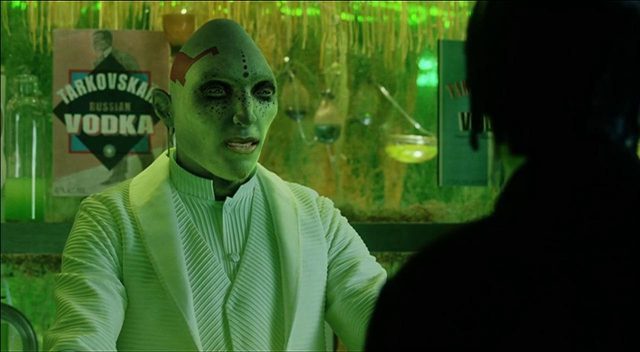 To understand all of this, Jon and I try to sift through the themes of this strange tale of “Horus wants to make a baby” that is called Immortal (Ad Vitam).
To understand all of this, Jon and I try to sift through the themes of this strange tale of “Horus wants to make a baby” that is called Immortal (Ad Vitam).
Podcast (wdijw): Play in new window | Download
Subscribe: Apple Podcasts | Android | RSS




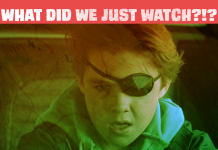
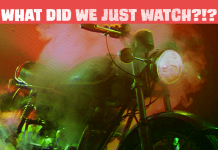

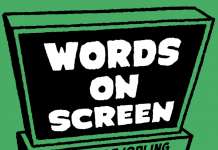












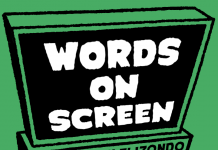
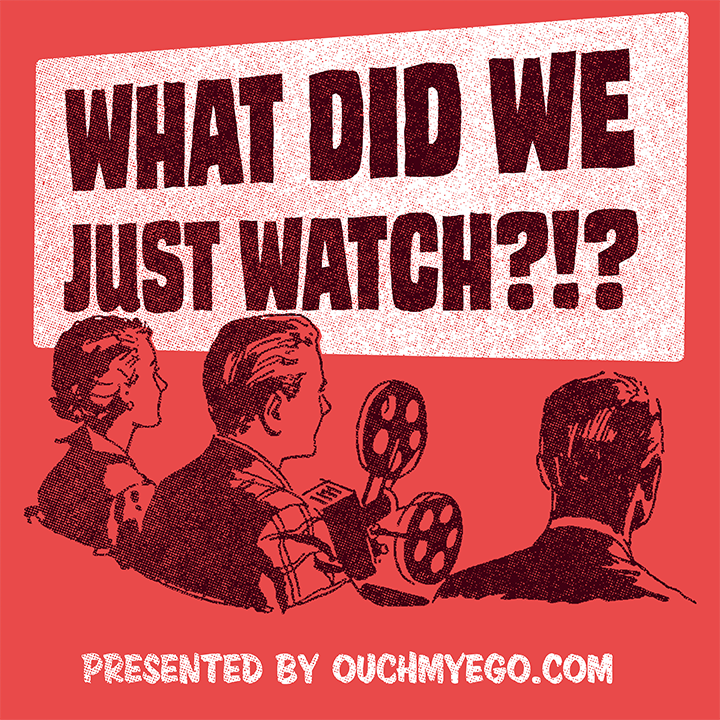












I’m not sure if you guys got it right, but the Nikopol Trilogy as in the original comics were a decade earlier than “5th Element”. That’s right, Bilal’s comics originally came out in the 80s. And the one director that has influenced Bilal’s own style the most is not Jodorovsky, it’s Tarkovsky, especially his “Stalker” (1979), so that’s where the idea for that weird “zone” in Central Park came from. Just look at one of your stills in your article here, where it reads “Tarkovskan vodka” behind the green bartender guy. Another formative mood influence for both his comics and his films that Bilal has mentioned before is the both athereal and slightly melancholic music by David Bowie. AFAIK, Bilal was even living in West-Berlin at the same time as Bowie did.
And yeah, you really have to read the original comics to understand the plot of “Immortal”, as I think it wasn’t a good idea for Bilal to be cramming the story of three entire volumes into a single film. The part about this John character is from volume two which I haven’t read (but I understood the film a lot better because I’d read volumes 1 and 3), but as far as I got from watching the German dub of the film, he’s Jill’s mentor from the time when she was still “something else” and “somewhere else” and either of the two made the decision for her to be born into our world and become human, and I think they both knew beforehand that she’d eventually forget about him and where she came from the more human she becomes. I think she was not really a material being before and more of something like an unborn soul or an idea within Plato’s Realm of Ideas aka Forms or something like that.
The other major flaws the film suffers from are:
– The fact that Bilal didn’t have young Bruno Ganz at his disposal anymore who’d originally inspired him for the looks to Alcide Nikopol around 1980. Yes, *THAT* Bruno Ganz who’d later play Hitler in “The Downfall”.
– The absolutely crapularly-looking “biologically enhanced” androids or whatever you’d call them. It’s obvious from this as well as the film’s entire atmosphere how Bilal wanted to reference “Blade runner” so hard.
– And unfortunately, Bilal hasn’t been *QUITE* succesfull in translating the mood and atmosphere of gloom, decay, and despair from his drawing style onto the screen. I think there’s one film which translated Bilal’s drawing style better into a film, and that was the Soviet episode (the second out of the three episodes) in the 2006 grotesque, absurd Hungarian satire “Taxidermia”. I don’t think it’s a coincidence that the director to “Taxidermia” used that style for the Soviet episode, as Bilal has done a few comics relating to the 1970s and 1980s stagnation period of the Soviet empire where everything was crumbling away due to lack of maintenance in more ways than one, and I think ever since the 80s, Bilal’s bleak style telling of decay and despair has deeply influenced our views in hindsight about this era in the East Bloc, a lot like how Tarkovsy’s “Stalker” has created a blueprint for how we imagine and remember the Chernobyl desaster and its aftermath.
Hey Benny! Andrew here…Just want you to know that i appreciate your comments both here and on the BTBR episode. I don’t have a lot to respond about though. (I’m aware of Bruno Ganz from Wings of desire, and i’m 1/2 german, mom’s side, lived in italy & holland when i was a kid, so i have a buncha euro culture that most americans don’t)…i wish bilal made this movie today instead of 2004. also i’ve been wanting to watch Texdermia for a while now, but haven’t found a moment yet. back to editing for me! more shows coming soon! thanks for listening!
Yeah, that’s a definite recommendation from me on “Taxidermia” there. It sort-of mixes the styles of grotesque films such as “Leolo” (1992), “Bad Boy Bubby” (1994), and “Delicatessen” (1991) with, in the Soviet episode, that decay-and-despair style form Bilal’s comics. The final result works much better as a coherent film building its own weird cosmos, and is much more like what I think “The Tin Drum” shoulda really looked like as a film, I mean, compared to the book Schlöndorff has played it much too save and straight in his 1979 adaptation.
Oh, and one thing I forgot mentioning about Bilal, the reason why the Soviet bloc has remained an undercurrent in his works to this day is because he’s originally a Bosniak who grew up in Tito’s Yugoslavia until he was 9 years old when he moved to Paris with his family back in the late 50s, so his work in either medium is not only influenced by French culture.
You see, people keep talking about his influence Tarkovsky as supposedly being entirely anti-Soviet when Tarkovsky was only really anti-atheism while pronouncing his views only very softly and in a veiled manner through his films, whereas most people don’t seem to realize how much Bilal’s work is influenced by his early years in Yugoslavia because he’s not as militantly anti-Tito or anti-Yugoslavia as is Slavoy Zizek, for example, even if I think Bilal’s art and its atmosphere have very much influenced our modern Western view of the stagnating 70s and 80s East Bloc, if only subconsciously.
So in a way, people often see Tarkovsky as a much more political artist than he really was, while Bilal is actually more political than people give him credit for, with both of them expressing their sort-of moderate, non-militant views through their art in a mild, non-obtrusive way. I think both Bilal and Tarkovsky are sort-of on the same “level” there, so to speak, as to how “political” or “apolitical” they are and how mildly their views show through their fiction work. For some time, I thought Bilal was as militantly anti-Soviet and anti-Yugoslavia as Zizek when looking at how ugly he’s made the Soviet bloc look in his comics, but in his recent “Dormant Beast” trilogy, the protagonist like Bilal himself was also born in Yugoslavia and later went to the West, and is apparently annoyed how people keep asking him if he’s a Serb, or Croat, or a Muslim, at one time even saying that he can be “all of those things” because he was born in a country that had all three of them under one roof. I mean, Zizek certainly wouldn’t agree with him on that, claiming that Yugoslavia from the very beginning was just pretty much Imperial Serbia and how glad he was when Slovenia became independent after half a century.
Benjamin, thank you for the response to the episode. I figured that was John’s role in the film, but I had never thought of Jill as being a soul that had been given form, that’s a very interesting take on where her origin (and with all the supernatural elements in the film, it would make sense.) Immortal is such an ambitious film and regardless of the flaws, the film did sell a copy of the Nikopol Trilogy. I really enjoy Bilal’s visual sense and I really want to get that much needed context.
Oh, I agree, “Immortal” may be flawed, but it’s highly ambitious, even if you have to read the source material first to make sense of it.
Oh, and since we’re on the topic of the original comics, within the realm of the “9th Art” (which is how comics are sometimes called within the fascinating Franco-Belgian comic culture), there’s a better comparison to Bilal than Moebius, and that’s the German artist Matthias Schultheiss, whose “Bell’s Theorem” trilogy I can highly recommend. It also originally came out in the 80s, it’s sorta like an 80s version of “12 Monkeys” in atmosphere and some plot elements (criminal fugitive on the run undergoing time-travel without wanting to, thinks he’s going mad because of it, and unwittingly witnesses his own death), and it was even published in English by Catalan Communications.
And for what it’s worth, Schultheiss has recently even begun uploading one page scan of the English version per day on his personal home page because he likes it much more than the crap his publishers make him do nowadays, and he doubts the story will ever see a new reprint during his lifetime:
Volume 1: http://matthias-schultheiss.de/?page_id=8121
Voume 2: http://matthias-schultheiss.de/?page_id=8344
Volume 3 is not available on his site yet.
Just a little caveat: Schultheiss’s coloring style has changed a lot during the past 30 years, so if you see panels and pages with odd coloring in these uploads, he’s admitted in the comments on his page that he’s now messing around with the scans in Photoshop a lot to make them more “interesting” by his current tastes. The original pages have more natural and much bleaker, de-saturated watercolors, looking part “Bilal”, part “Tech-noir” from the original “Terminator” (1984), and part “12 Monkeys” in mood, in a way that looks similarly dreary, bleak, and disturbingly sickening as Bilal’s work or those two films.
I’ve once made my own scan of the German version with what I consider more subtly tweaked colors. Whereas Schultheiss in his own uploads is heavily changing the colors around, in a way where you can purposefully see it’s been messed with due to artifacts and such, my editing is to the original 1980s printing like a pristine new negative scan of a classic film for DVD or BD would be to a dirty 1980s VHS: My scan is cleaner, contrast range has been increased, and colors only very, very slightly more saturated, without changing the original bleak, sickening look. Overall, it’s closer to what a film may have looked like on its theatrical premiere or what the director had originally intended than would be the old VHS that was taken, with heavily outdated telecine equipment, from a priorly heavily screened commercial print. I’m still planning to one day take the English text from Schultheiss’s own uploads and put them to my scan, though I think more often than not, I could come up with better translations for the odd speech bubble here and there while the Catalan translation often seems a bit flat.
Just looked over Matthias’s uploads of his “Bell’s Theorem” again after recommending it to you. Well, all I can say is that he’s changed the colors so much that any similarity to Bilal is now very hard to guess, if at all. If there’s one difference between Bilal and Schultheiss, it’s that Bilal still draws pretty much like he did back in the 80s, while Schultheiss not only draws differently now but even heavily re-mixes his old art today before showing it to anyone.